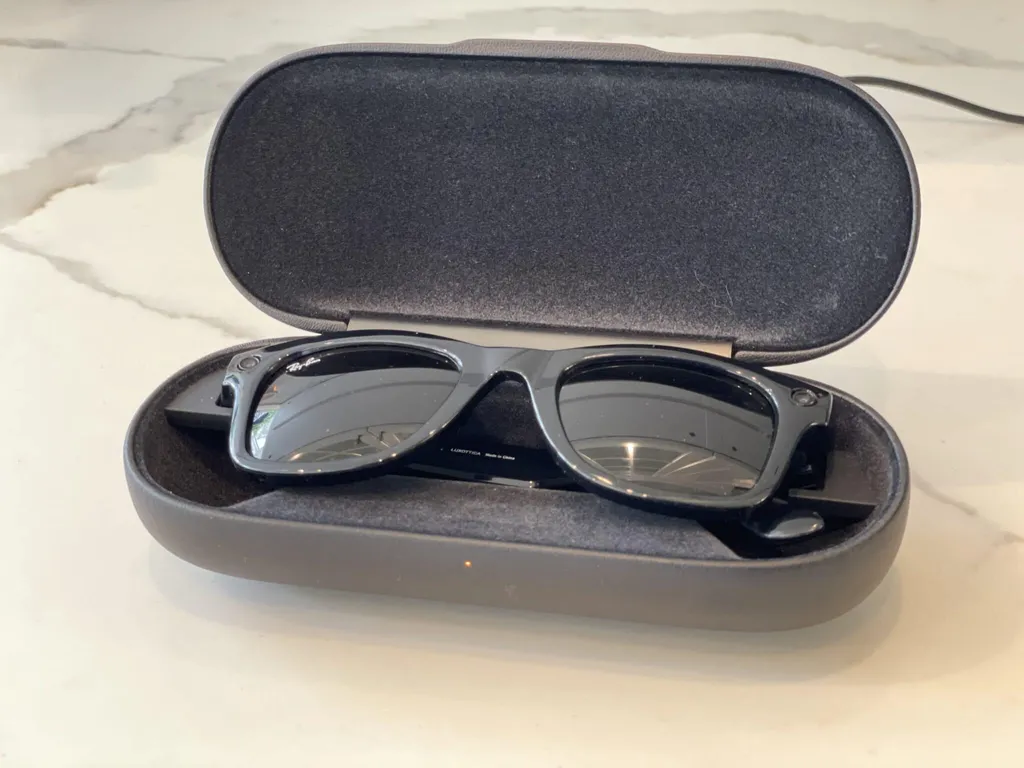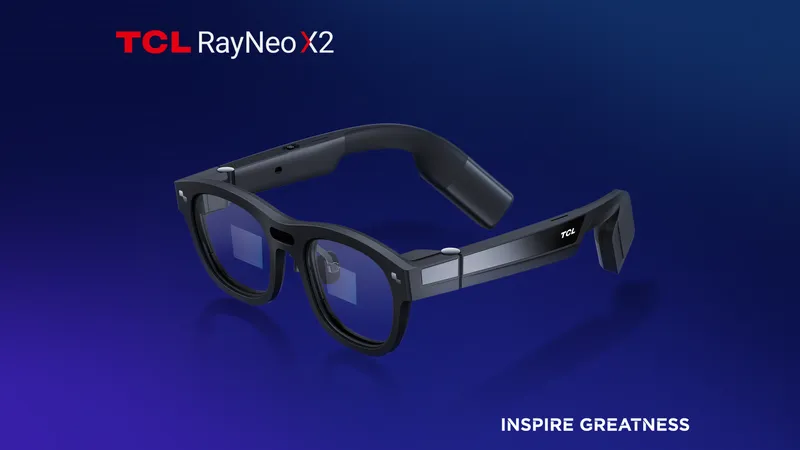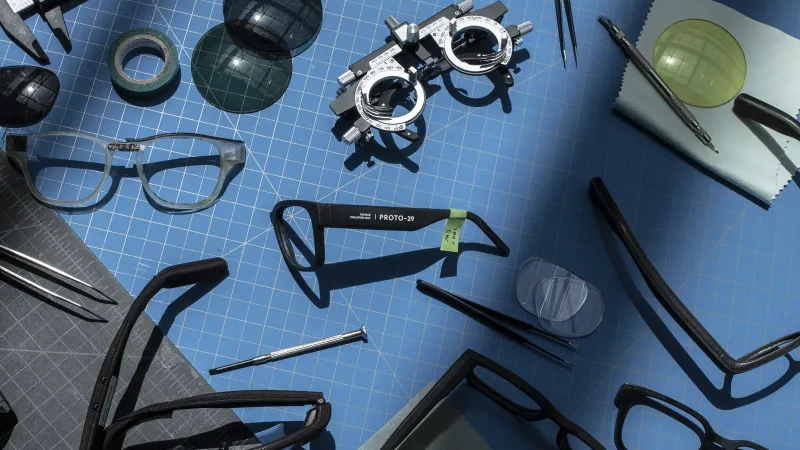Ray-Ban Stories are $299 sunglasses powered by Facebook’s technology that can capture the wearer’s perspective up to 30 seconds at a time. They also take calls and stream music from your phone.
When Stories are out of power or turned off they’re just a pair of regular Ray-Ban sunglasses that look pretty good on anyone. But when in use they’re helping shape Facebook’s future steps in AR and VR.
Here’s my eyes-on report testing out this new hardware.
Facebook View
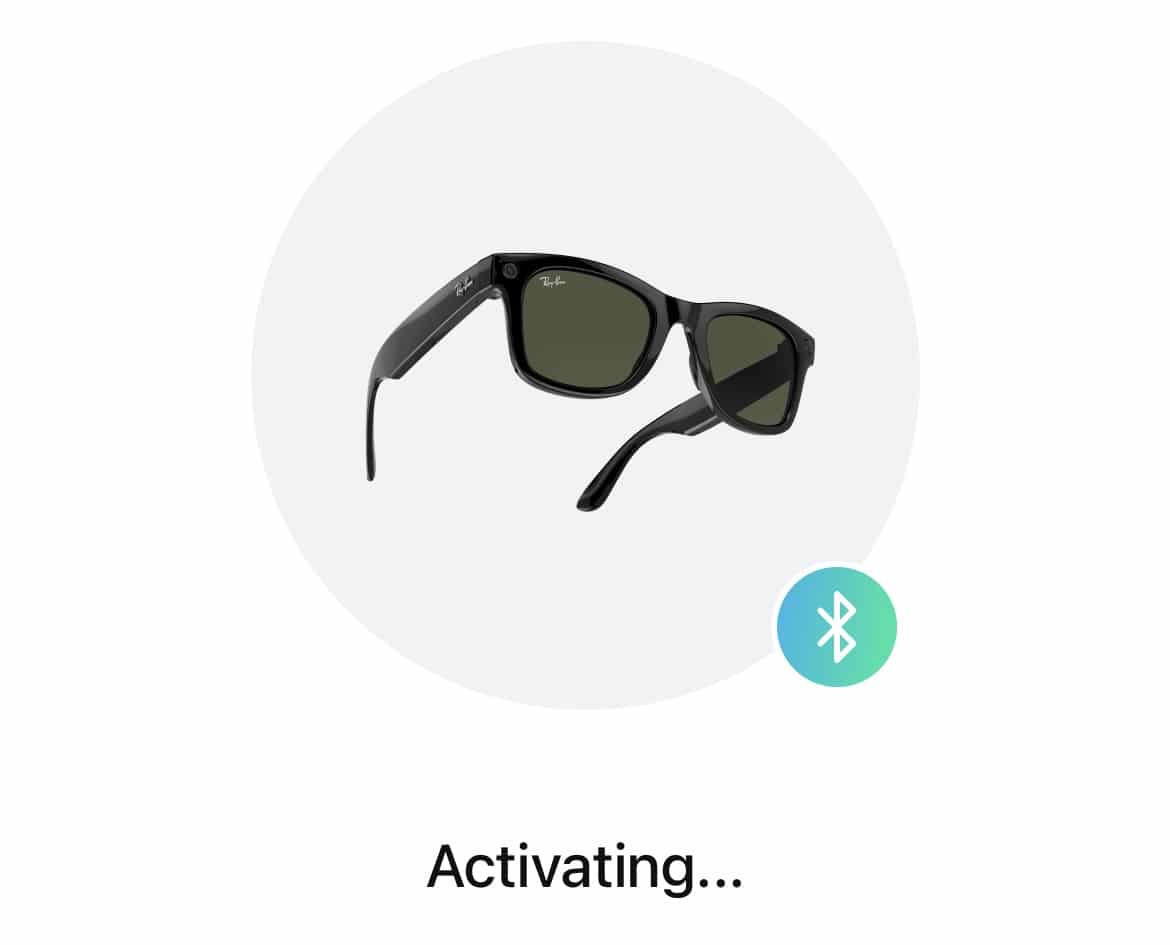
You need the Facebook View app to access the super-stabilized wide angle captures from Ray-Ban Stories.
The base model sunglasses sell from $299 – Facebook sent over a free pair to try. You need to sign in with your Facebook account, then when you flip the switch on and say “Hey Facebook take a video” or “Hey Facebook take a photo” it’ll capture your view. Videos are limited to 30 seconds and the glasses overheated after recording a bunch of videos in a row on a hot summer day.
Captures can seem pretty special given the right moment:
Facebook sent me the camera sunglasses. I’m just absolutely in love with this video I captured with them.
After using the glasses for a day I took them off and I was walking around outside and idly thought to myself “Hey Facebook take a video”. pic.twitter.com/glhzqRd1Um
— Ian Hamilton 🚘 GDC 2023 (@hmltn) September 21, 2021
Lights & Audio
There are two indicator lights — one facing inward and another facing outward — that turn on with a beep to start recording.
You can adjust the loudness of the beep but cannot turn it off, and you can’t use the settings to turn off the lights.
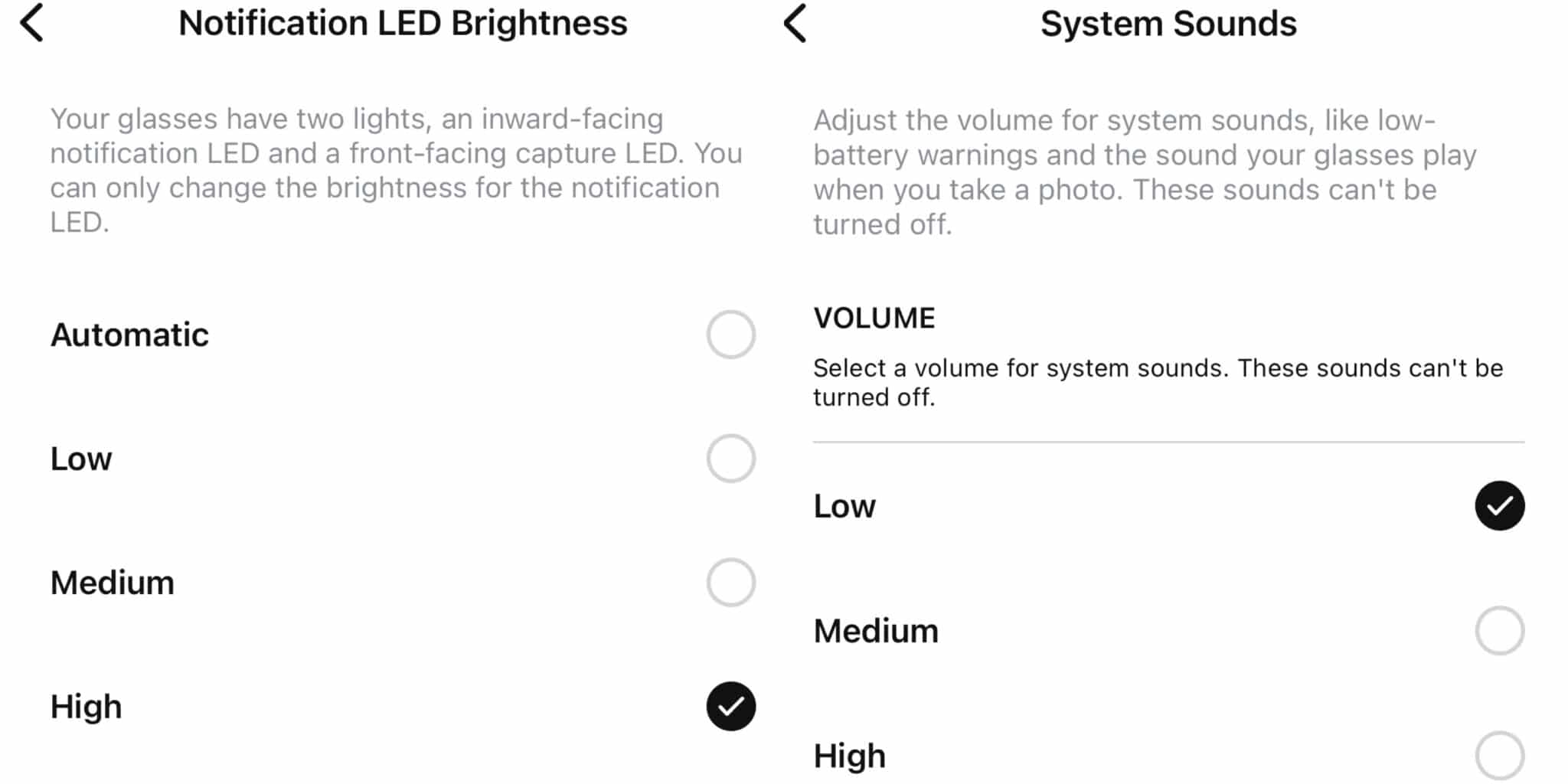
It comes with a charging case to store the glasses and charge their battery, similar to Apple’s AirPods. Captures can also be inititated via a button on the top of the right arm — long press to take a still or short press to capture a video. The wake word-driven Facebook voice assistant can be turned off in the app’s settings.
A New Kind Of Photography
I’ve wanted to get my hands on Google Glass and Snap’s Spectacles for exactly this first-person capture functionality but never found the time or money to make it happen. This feature needs to be tried in a personal setting to see any value, and Ray-Ban Stories are the first smartglasses I’ve used this way.
A perspective camera provides a personalized view that’s typically only seen with GoPros or in highly produced ads and movies. Ray-Ban Stories takes most of that overhead away and offers a one-press eye-level camera embedded within the frames of a familiar accessory. While the glasses can also play music streamed from your phone and answer calls with its microphone array, the real reason to think about getting them is for capturing those first-person moments.
Video marketing agencies commonly shoot commercials filmed with expensive stabilized cameras and apply heavy editing to produce similar first-person perspectives, with actors breaking the fourth wall to directly address the audience. Some readers will also remember science fiction with similar tech, like 1995’s Strange Days or episodes of Black Mirror. With these glasses, Facebook has me producing a similar kind of through-the-eyes content for the people who know or follow me.
VR/AR Field Test — Post-Phones?
Will people really say “Hey Facebook take a video” out in public?
I left the glasses in my car at the little league baseball fields because it didn’t feel appropriate to use them in that context. Getting up from my lawn chair to point my phone very obviously at my own child is very different from staring intently in one direction for 30 seconds while wearing a dark pair of sunglasses broadcasting a white light. My mom wanted to see the glasses, though, so we ended up bringing them out to show her how they worked and we took a few photos to demonstrate. She was impressed they looked just like normal sunglasses.
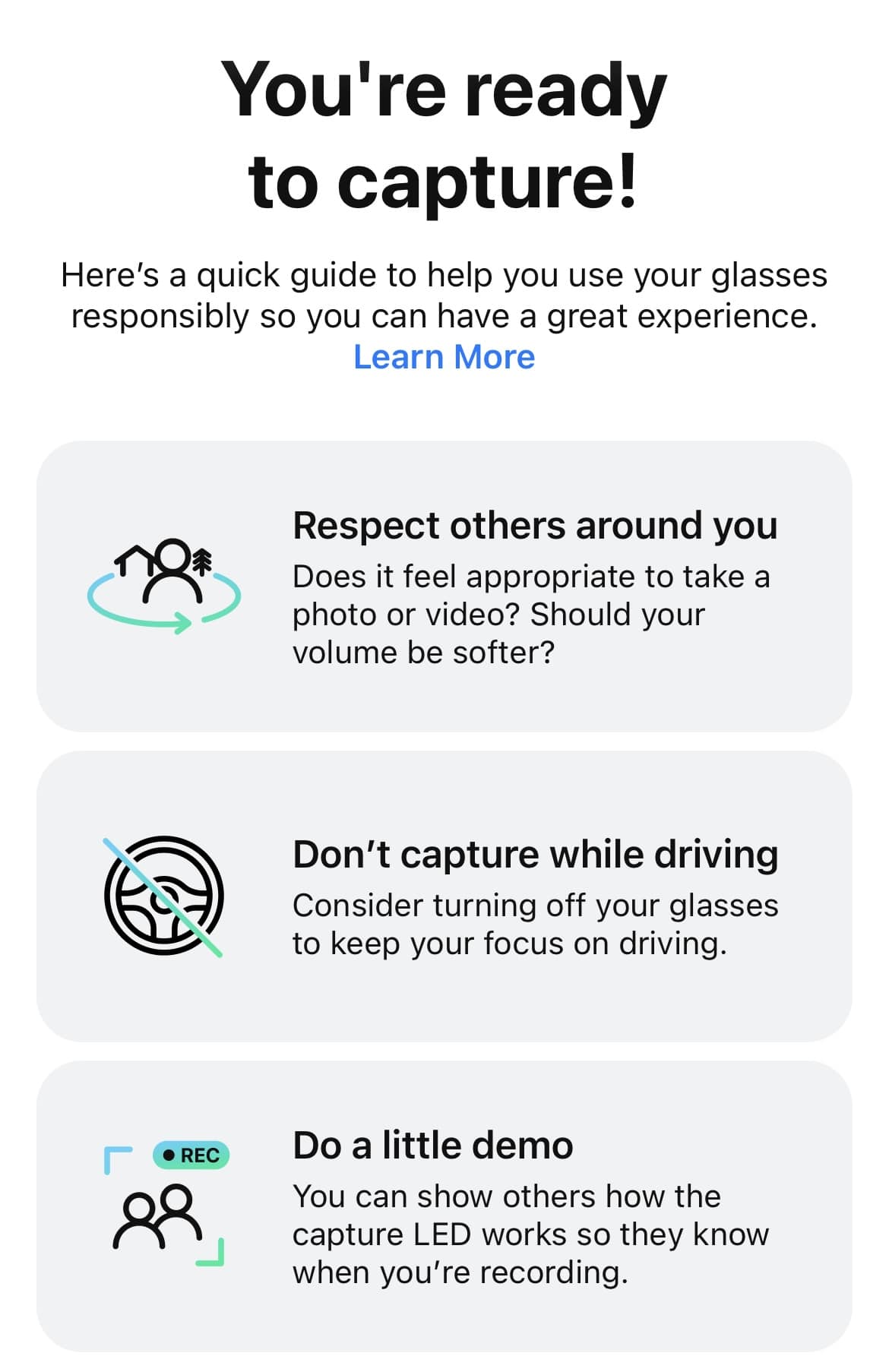
Walking back to the car after a little league game with the setting sun casting beautiful golden light across big open fields I couldn’t help thinking it would make a pretty cool setting for Space Pirate Trainer DX arena mode on Oculus Quest and considered saying “Hey Facebook take a video.” In that context, verbally invoking Facebook seemed out of place versus pressing the button. I didn’t pay attention at the time, but listening back to the video you can hear short snippets of conversations from other families as we walk by them loading up into their cars.
Late in 2020 Facebook shared some of its cutting edge research into “enhanced” hearing and discussed the social norms which might be affected by it. And here I am, around a year later, walking around the baseball fields and testing social norms with this new mode of capture.
The act of framing a photograph is something the photographer and subject typically have some say in. There can be a ritual of preparation in posing when you know a nearby capture is about to take place. You can stand and smile, or try to steer clear of the photo in some instances. If you weren’t the intended subject, you might even pick your moment to photo-bomb.
As a body-worn camera, Ray-Ban Stories erase posing and framing from photography almost entirely. Now the wearer is framing the entire world with snippets of their perspective and that means picking the right moments to record, or making the right moments happen.
Additional Permissions
In the setup for the Facebook View app a dialog explained optional data sharing with “time spent taking videos”, “average length of videos captured”, and “number of images captured” as examples of what’s collected. That information could help paint of picture of the battery and storage requirements needed in future designs.
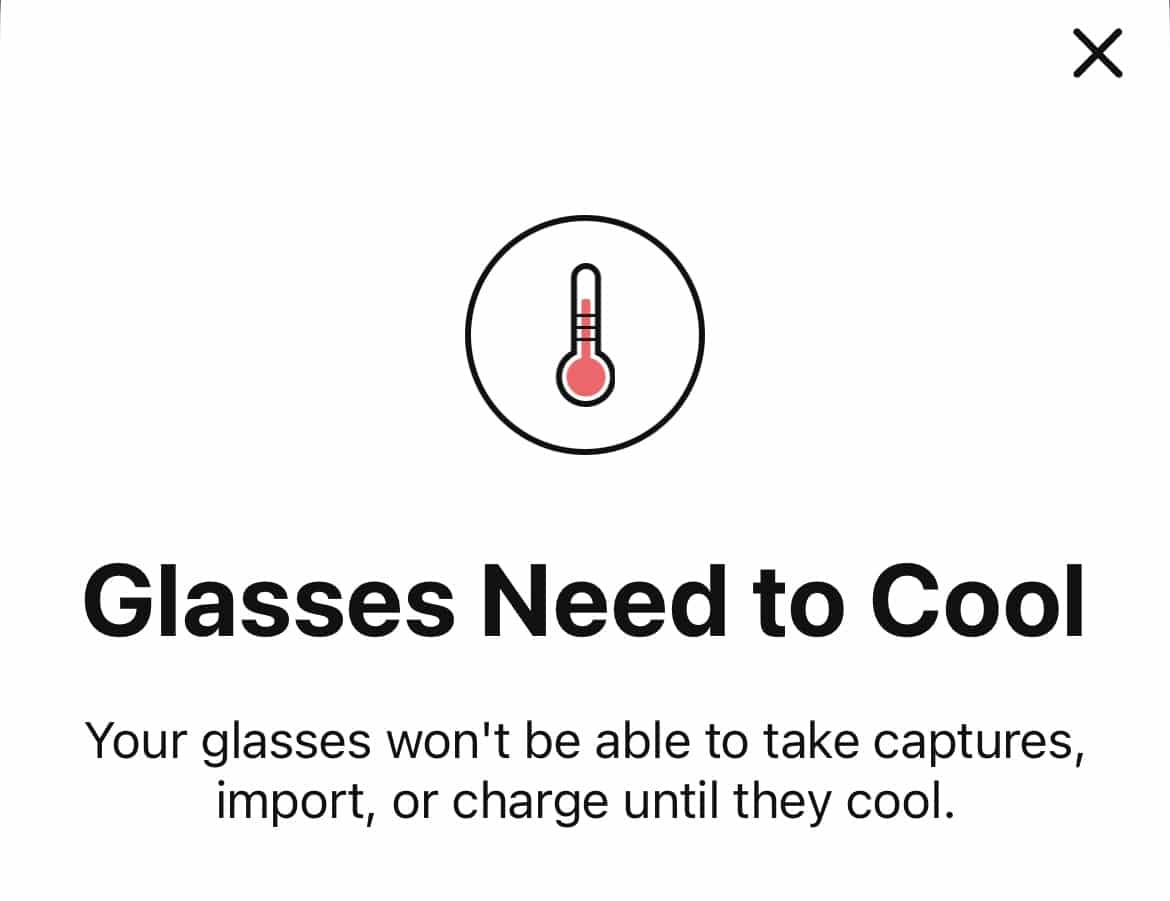
When asked about whether additional commands will be supported with “Hey Facebook”, a representative wrote “we have an exciting roadmap” and replied “not at this time” to the question of whether the glasses will support alternative personal assistants with other wake words like “Hey Siri” or “Hey Google”.
Paving The Way For Public VR/AR
Facebook is essentially using the Ray-Ban brand to explore both how Facebook Reality Labs tech will be used by individuals and how societies will respond to the presence of citizen-worn cameras always ready to record. They’re testing battery, heat and storage needs that’ll be key information for the design of future AR glasses, but Ray-Ban Stories also test other things.
Space Pirate Trainer DX and its arena mode released on Oculus Quest the same day that Facebook announced the Ray-Ban glasses. Both efforts will send people who bought Facebook-powered hardware out into the physical world explaining what computerized glasses can do in this decade. And in the case of Ray-Ban, if people reject the use of the camera it won’t necessarily be Facebook’s brand which takes the criticism.
A lot of people will start to see soon how much better computerized eyewear is in the ’20s. If your last demo of smart eyewear was anything that had Google’s name attached to it, like Cardboard, Glass, or Daydream, you’re in for an eye-opening experience capturing your perspective with sunglasses or stepping into an Oculus Quest 2.
The Gear VR of Glasses?
Facebook trial and errored its way through Gear VR, Rift and Oculus Go headsets to zero in on the Oculus Quest self-contained VR product. Gear VR was interesting, but Quest is the product people are actually buying and using in significant ways.
Ray-Ban Stories might be thought of as the Gear VR of smart glasses.
This is a consumer product powered by Facebook technology which doesn’t carry Facebook’s branding or name, and it is missing key functionality that arguably denies it the right of even fitting in the product category it aspires to help define. While a display is (perhaps) a larger omission in Ray-Ban Stories than 6DoF tracking was from Gear VR, the Ray-Bans also stand on their own with a portable charging case and function as perfectly good sunglasses when the “smart” features aren’t needed. Gear VR was just a piece of plastic collecting dust when it wasn’t in use draining a phone’s battery.
Metaverse
Ray-Ban stories aren’t even very “smart”, at least not yet.
Software-wise, they test just how much people want eye-level perspective capture. And they are another route for Facebook to develop a personal assistant to rival those from other major tech companies.
Hardware-wise, these glasses represent a north star for Facebook to follow in whatever AR eyewear it plans to launch in the future.
At one point when I wasn’t wearing Ray-Ban Stories I thought to myself “Hey Facebook take a video”. Are we headed to a future where I could just think a command and have the glasses respond as expected?
Facebook CEO Mark Zuckerberg said Ray-Ban Stories are “an important step towards a future when phones are no longer a central part of our lives.”
How exactly does that future work? Do glasses become an accessory to your phone, or a replacement?
The task for Facebook’s soon-to-be CTO Andrew Bosworth will be releasing new wearable computers while also supporting the development of technologies that will define exactly how these things function in the so-called “metaverse” – whatever that actually means.

